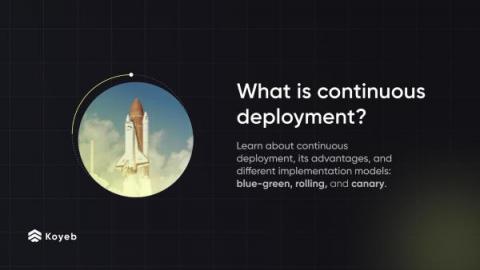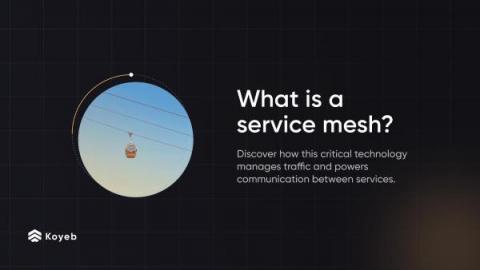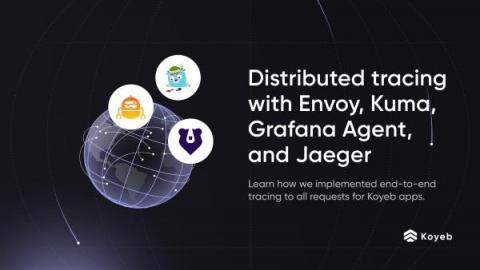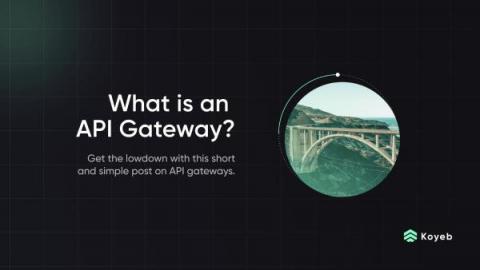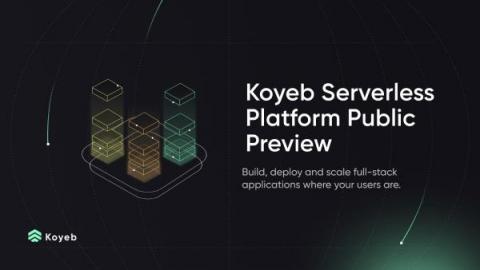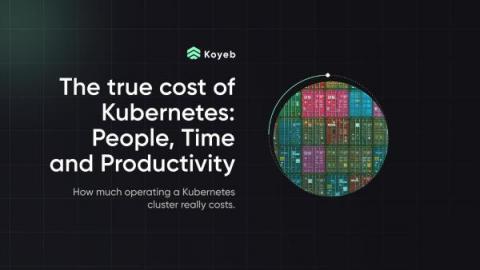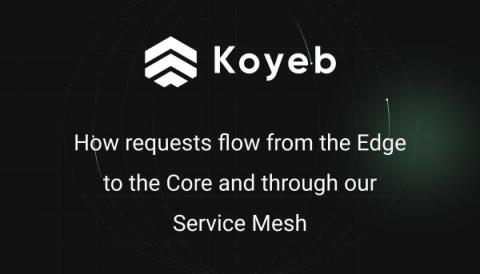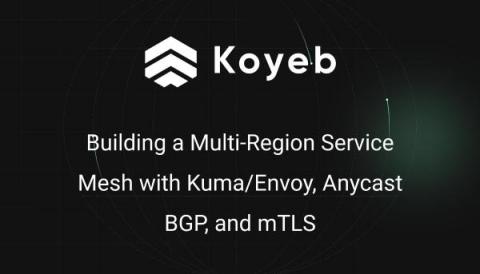What is continuous deployment?
After working on a new feature or an improvement, it's normal that you want to deliver these changes to your users as fast as possible. Depending on your deployment pipeline, confidently deploying changes to production might include coordinating with whoever is leading on-call, getting their approval, manually deploying your changes, spending hours to monitor how it goes, and performing a rollback in case something goes wrong.


